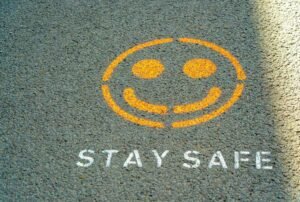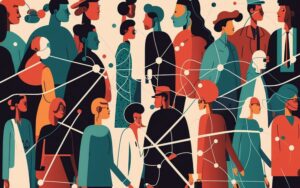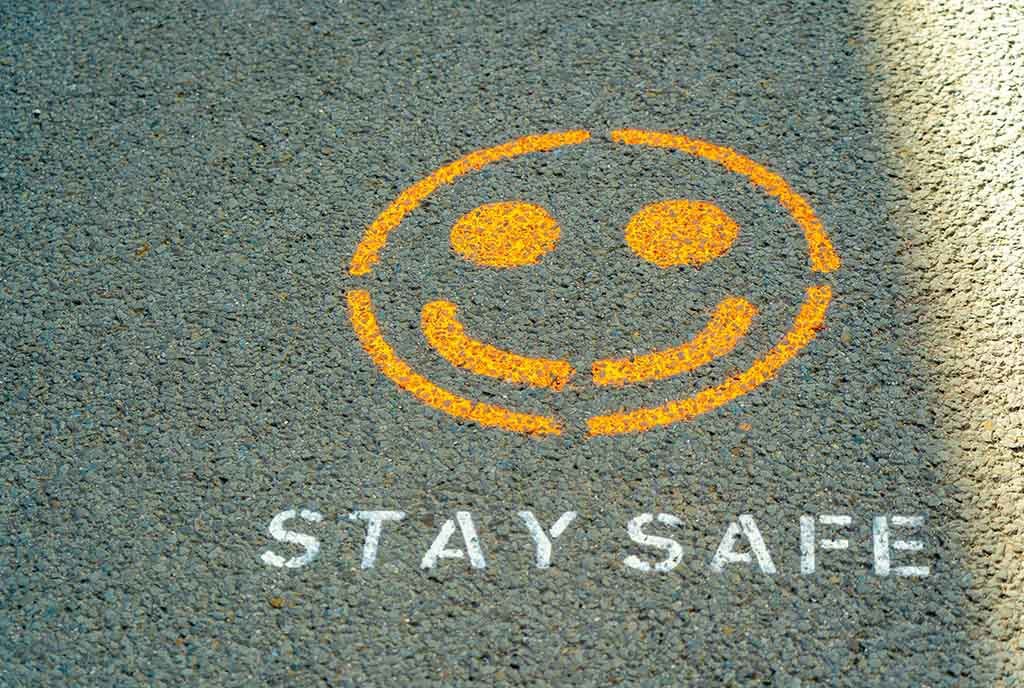
June 30, 2020; The Atlantic
The first week of July is usually a time for community fireworks displays, family barbecues, pool parties, and the like. This year, instead the nation entered the 4th after three straight days of over 50,000 new coronavirus cases, reaching 57,497 on Friday, July 3rd. With cases rising, some state ICUs reaching 100 percent capacity, and US deaths topping 130,000, experts fear that July 4th celebrations might prove to be “superspreader” events, further increasing case numbers; we’ll have to wait another week or two to see if this occurred.
Dr Anthony Fauci, director of the National Institute of Allergy and Infectious Diseases, testified to Congress on June 30th that if the US doesn’t change its current trajectory, we could see 100,000 new cases a day, and that the death toll would be “very disturbing, I guarantee you that.”
The current uncontrolled state of the pandemic is fueling a testing shortage. According to a recent article in the Atlantic, even though the US “now tests about 550,000 people each day, a fivefold increase from early April—demand for coronavirus tests is again outpacing supply,” exacerbating existing public health and economic crises.
As states seek to reopen and are forced back into varying stages of closure, and with the start of a new school year less than two months away, is it possible to chart a different course that doesn’t lead to the realization of Fauci’s dire prediction?
We know what is required. In fact, as NPQ wrote in early May, even before the novel coronavirus existed, we knew what was required. A study on the 1918 pandemic, coauthored by a division head at the Centers for Disease Control and Prevention (CDC) and two University of Michigan medical historians, published a decade ago, emphasized that, “Pandemics demand a multidisciplinary response and call on all of society to engage and participate. There are clear roles for both private citizens and uniformed personnel; for households, communities, work forces, volunteer organizations, and professional organizations; and for traditional governance structures at the local, state, and federal levels.”
The shortage of tests must be considered within this broader system. Medical experts agree that coronavirus testing is crucial to the nation’s response to COVID-19. Yet as the Center for Infectious Disease Research and Policy (CIDRAP) published in May, “tests alone are just one element of a cascade of events that must occur for an effective testing strategy.
Sign up for our free newsletters
Subscribe to NPQ's newsletters to have our top stories delivered directly to your inbox.
By signing up, you agree to our privacy policy and terms of use, and to receive messages from NPQ and our partners.
Our testing infrastructure, CIDRAP adds, is predicated upon “the complex and fragile interdependencies among the availability of materials, supplies, and skilled labor as well as instrument capacity.” The problem, in short, is not just a testing shortage amid rising cases and faulty non-federally approved antibody tests, but a lack of critical practices such as distancing, hand-washing hygiene, and consistent wearing of masks, with rejection of that public health measure becoming conflated with civil liberty.
Two of the nation’s leading testing facilities recently reported that demand now exceeds capacity. Quest Diagnostics, which has performed close to 6 million coronavirus tests, reported on June 29th that they were continuing to see a “surging demand for these services, with recent daily orders outpacing capacity.” Although Quest still provides results in one day for hospitalized patients, pre-operative patients, and symptomatic healthcare workers, the turnaround time for everyone else is now 3-5 days. LabCorp put out a similar media statement on June 30th, noting, “With the recent increase in demand, results on average may take 1-2 days longer.” LabCorp is also prioritizing hospital patients and medical workers, but for the rest of us, it is a matter of first come, first served.
The testing shortage during the initial weeks of the pandemic stemmed from a lack of testing kits, but now, the issue is the shortage of the necessary equipment to process the samples and get test results.
The potential repercussions of a testing shortage are compounded by another failure in the federal response to the pandemic: the Food and Drug Administration (FDA) allowing COVID antibody tests into the market without review. The seriously flawed nature of some of the antibody tests has further complicated efforts to know the extent of the virus. Timely coronavirus testing in conjunction with accurate antibody tests allow people to safely return to normal activities, such as going to restaurants, movie theaters, and returning to school, without fearing new outbreaks.
The Harvard Global Health Group, who conducted a study for National Public Radio (NPR), claims that one million coronavirus tests are needed each day to control the virus, and 4.3 million to suppress it. Ashish Jha, director of the Harvard Global Health Institute, told NPR that adequate testing is not simply ensuring an adequate supply of tests but testing strategically. CIDRAP, quoted earlier, recommends that states develop a “smart testing” framework rather than unspecified mass testing of entire populations. Smart testing “would be consistent with recent guidelines from the Centers for Disease Control and Prevention (CDC)…which ensures an infrastructure that provides the right test to the right person at the right time, with timely results allowing for actions that minimize illness, deaths, and transmission.”
It is only recently that the US reached about half the daily testing needed to control the virus. And as we celebrated our 244th year of nationhood this past weekend, we are looking at a multifaceted crisis—marked by rising cases, a rising death toll, a likely testing shortage, an inefficient testing infrastructure, a politicization of public health measures, and the continued lack of a nationally organized and controlled pandemic response on which American lives ultimately depend.—Beth Couch













